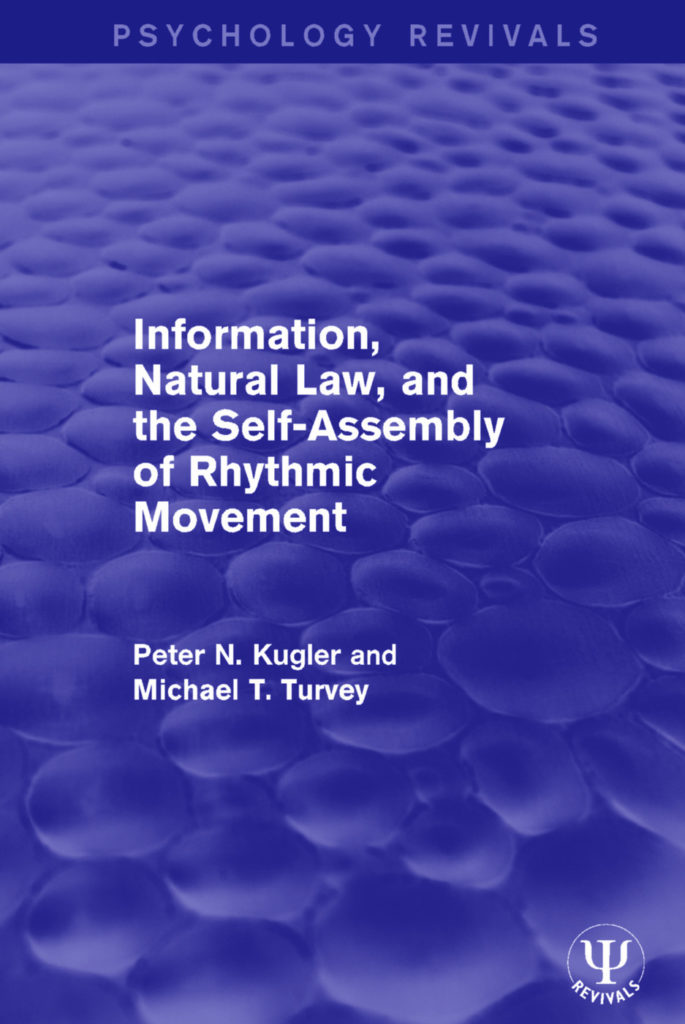
Informação, lei natural e a auto-organização do movimento rítmico (Kugler e Turvey 1987)
KUGLER, Peter N.; TURVEY, Michael T. 1987. Information, natural law, and the self-assembly of rhythmic movement. Hillsdale: Lawrence Erlbaum Associates.
PREFÁCIO: Física e Biologia
Segundo F. Eugene Yates, que assina o prefácio deste livro, ele faz parte de um esforço maior para “desmistificar o comportamento”. Mas não estariam as próprias noções de “comportamento” e de “desmistificação” precisando de uma certa revisão?
Cada vez mais, comportamento pode ser definido como aquela parte da ação que é passível de registro e mensuração. Qualquer pretensão à desmistificação, por outro lado, necessariamente implica a pressuposição de um privilégio epistemológico atualmente difícil de sustentar.
Como Yates bem sintetiza, tudo radica na complexa relação entre duas “dimensões da realidade”, por assim dizer: uma física e outra biológica. Essa relação é mediada pelo nebuloso conceito de “intencionalidade”, propriedade normalmente atribuída aos seres vivos (em especial os humanos), mas muito frequentemente encontrada também em fenômenos da natureza normalmente considerada inanimada (como a vela que parece “querer” permanecer acesa). Yates parece localizar a intencionalidade no sistema nervoso, mediador das sensações recebidas e das ações realizadas.
INTRODUÇÃO: Perspectivas físicas e neurofisiológicas sobre o movimento.
M.B.Berkinblit e A.G.Feldman iniciam a introdução do livro tratando dos avanços no estudo científico do comportamento animal, entendendo por científica uma Biologia que baseie suas explicações nas leis da Física. Eles mencionam dois processos importantes nesse avanço: o surgimento de novas tecnologias para a observação e o registro do movimento; e a penetração das idéias da Física na Biologia. São então apresentadas três questões: o problema da intencionalidade; o problema da relação meios/fins; e a questão do controle:
“Unlike the movements of physical bodies, the movements of humans and animals are purposeful and execute certain functional goals. In addition, the nervous system is capable of using many muscles and joints and it varies their coordinations from time to time, even though the movement goal remais the same. In other words, living movements are controllable.” (Berkinblit e Feldman; in: Kugler e Turvey 1987:xxii)
DIFERENÇA ENTRE USAR as LEIS NATURAIS e SER USADO POR ELAS:
It is clear […] that living organisms not only obey natural laws but also have developed, in the process of evolution, a unique ability of using them effectively. This ability underlying this special property of biological systems – using natural laws instead of being in passive subordination to them – is one of the complex but fundamental problems confronting the physiology of motor activity.” (Berkinblit e Feldman; in: Kugler e Turvey 1987:xxiii)
Depois de mencionarem o papel dos neuronal oscillators e das dissipative structures na produção do movimento rítmico, eles se voltam então para a centralidade do conceito de informação para Kugler e Turvey:
“This approach envisages, in full measure, the fact that biological systems are open, self-sustaining, nondeterminate, and guided by information. But the concept of information is used in a nontraditional sense – as something specifically reflecting the forms of dynamic processes in the biological system (e.g., “Haptic Information as the Abstracted Morphology of Movement Dynamics,” Chapter 7).” (Berkinblit e Feldman; in: Kugler e Turvey 1987:xxiii)
ESTRUTURAS DISSIPATIVAS e CONTROLE PARAMÉTRICO:
They [Kugler e Turvey] argue that rhythmic behavior of living systems is a consequence of the self-assembly of dissipative structures: When the amount of energy flowing continuously into the system exceeds a critical value, a reorganization of the operational components of the system results, so that they can now support its stable oscillations by dissipating free energy. In such systems, the parameters of rhythmic processes (e.g., natural periods or amplitudes) can easily be controlled, as is tha case for most rhythmic motions of organisms.” (Berkinblit e Feldman; in: Kugler e Turvey 1987:xxiv)
OBJETIVO DO LIVRO (explicar correlação de parâmetros):
On the whole, the authors have successfully accomplished their program – to explain, based on physical representations, the observed relations among various parameters of wrist-pendulum oscillations.” (Berkinblit e Feldman; in: Kugler e Turvey 1987:xxv)
A DIFERENÇA ENTRE A AÇÃO (uma função que pode ser descrita pela física) E O SEU MEIO (que, sendo o organismo vivo, envolve complexidades e multiplicidades que a Biologia ainda precisa decifrar):
“The strategy […] is the identification of invariant characteristics of movement regulation that can be instantiated in a wide variety of neural designs. The analysis focuses on the identification of the functional invariants underlying movement production, rather that on neuronal detail that can vary dramatically across instantiations.” (Berkinblit e Feldman; in: Kugler e Turvey 1987:xxv)
Concluindo sua introdução, Berkinblit e Feldman esclarecem que o livro de Kugler e Turvey só se ocupa da “elucidação de prinicípios físicos gerais”, deixando de lado as “questões neurofisiológicas”.
PREFÁCIO
PROPOSTA DO LIVRO I (explicação física do movimento rítmico a partir do conceito de informação):
The work reported here is directed at understanding the physical basis of a hallmark characteristic of animals – the generation of rhythymic movements of the kind that occur most commondly in terrestrial locomotion. Central to this effort is the notion of information. (Kugler e Turvey 1987:xxix)
O CONCEITO (pragmático) DE INFORMAÇÃO DE J.J. GIBSON:
“qualitative, macroscopic properties of structured energy distributions lawfully generated by, and thereby specific to, events and actions” (Kugler e Turvey 1987:xxix)
SERES VIVOS NÃO SÃO PREVISÍVEIS (como um sistema mecânico), MAS SÃO REGULARES (pois que informados por um sistema previsível): (Kugler e Turvey 1987:xxix)
PERSPECTIVA MORFOLÓGICA DA INFORMAÇÃO (padrões de distribuição de energia, Umwelts: como descrever/quantificar?):
In part, the success of a physical biology depends on understanding the laws that condense out, sustain, and dissolve patternings of low energy distributions specific to the facts of animals, of environments, and of their relations. It depends also on the availability of a means for describing and quantifying these lawfully generated distributions or patternings of energy. A “morphological” perspective on information is intimated. (Kugler e Turvey 1987:)
PROPOSTA DO LIVRO II (leis naturais da regulação informacional de um movimento rítmico específico)
Stated more particularly, the goal of the present work is to identify the natural laws that shape reliably the biomechanical flow fields that inform people how to assemble repeatedly and to maintain rhythmic movements defined over one or two variously loaded limbs in controlled laboratory settings. (Kugler e Turvey 1987:xxix)
INTENCIONALIDADE e INFORMAÇÃO:
A person producing a rhythmic movement of a certain kind must intend that movement; information about the formation and maintenance of that movement must be available; and the person must be able to detect and use this information in order to successfully perceive the facts of the movement and thereby fulfill his or her intention. (Kugler e Turvey 1987:xxx)
ANÁLISE DE VARIÁVEIS
Furthermore, the problem under study involves measures of behavior and the manipulation of independent variables to which these measures are somehow related. As with a typical piece of human experimental psychology, a rationalization of the independent variable-dependent variable linkage is sought. (Kugler e Turvey 1987:)
REVELANDO A MÃO DA NATUREZA:
The content of this monograph, therefore, can be looked at as continuing a centuries old tradition – that of detailing and analyzing the properties of pendular motion to reveal nature’s hand. (Kugler e Turvey 1987:)
(Kugler e Turvey 1987:)
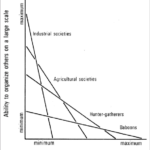
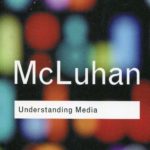

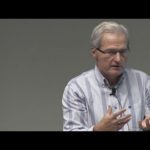
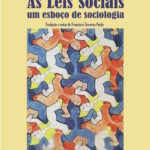
 O LaSPA é sediado no Instituto de Filosofia e Ciências Humanas (
O LaSPA é sediado no Instituto de Filosofia e Ciências Humanas (